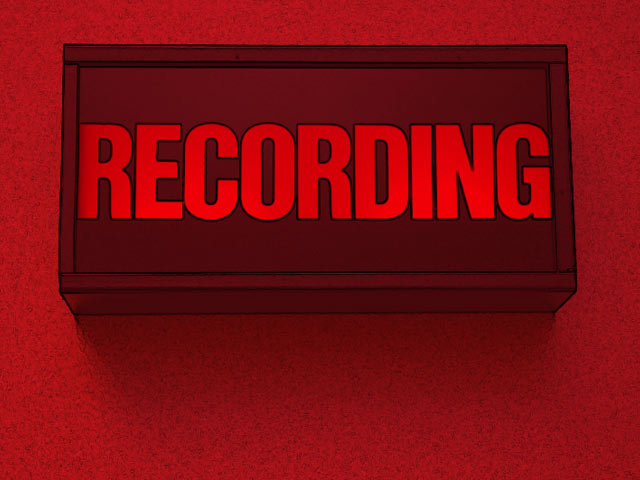- Published Apr 12, 2013 in In The Studio
In some cases, a studio is where you find it—even if that means a laptop under an apple tree. And sometimes you need the multi-million dollar layout to get the job done. Producer Derek Chafin explores the questions, What makes a studio?
What is it? Is it indefinable? Kinda like love? Probably, but there may be some areas to consider.
Look & Feel matters.
When my own room was developing, it was really just an extension of a rehearsal room and grew from there. The gear slowly became the stuff I wanted and needed to make competitive records with no limits to creativity. The look of the room lagged behind. I loved that people felt comfortable--like it was their tree house--but I noticed they were getting almost too comfortable. (late to booked sessions, etc).
I finally had the chance to close the studio down for a week and went to work on the look of it and sound treatments for the tracking room. When sessions started back up, it was obvious that people respected it more in that they showed up on time, ready to work. The room’s look affects how people use it and also their artistic process. It was interesting to see it happen.
What makes a great studio?
I’m sure a lot of you have checked out the movie “Sound City” – which if you’re reading this means you should see the movie, if you haven’t. Crappy looking place, not a very well “designed” recording space but man, the sound.
“Studios” are rare things now. They come in all shapes and sizes, some suited for all music and others for a specific type of music. For my taste (and everyone’s is different) I want a place to feel comfortable in, to have it sound amazing – pumping out sound quality as good as anything I’ve bought to listen to. And, I want an underlying idea of getting things done without fuss or question. An artistic place of business and creation. Not a lab, not intimidating, not necessarily a cover of MIX magazine, and not a place where I have to kick Jethro off the couch he’s been sleeping on while waiting to find a more permanent place to crash. A place you can make your own inspires and makes you want to create.
Does the studio have the gear (equipment) to deliver a product that can compete in the market? Mics, mic pres, compressors, audio interface, room treatment and knowledgeable personnel.
I’ve recorded in a lot of rooms that looked pro if the gear had worked. But it looked AMAZING! I have recorded in places that looked great and had the right gear, but the personnel had no idea how to make all the pretty lights of the equipment come on, or how to use it to the standards needed for a particular style of music. So what do gear and cool looks have to do with anything if it can’t deliver a final product that realizes or exceeds the artistic vision?
I’ve also worked in rooms that were nothing more than a semi-treated room in a house. Sometimes that situation can produce good quality stuff. Most times it’s a struggle to get the music up to standards, but you work with what you have.
Show me the money.
Price is always a consideration. And, like most things, you usually get what you pay for. Depends on what you’re trying to accomplish. A demo to get some gigs doesn’t necessarily call for big league studio time (nice if you have the funds, but not necessary). At the same time, the studio should do your music some justice, with the pain meter far away from peak.
Beyond being a hypothetical question, it really comes down to what kind of music you are making that will dictate the right studio for you. Environment and quality are lesser concerns in certain genres. Lots of electronic is done with nothing more than a laptop anywhere you are. Many times they’ll take that to a studio to mix it, sometimes not. Recording a band’s record requires a certain basic situation, recording a bands demo another, a chamber orchestra session another.
So it seems the answer to what is a pro studio is what kind of music are you making and what does it need to be, and most importantly, can you be creative there and get what you hear in your head to come out the same way for people to hear?

